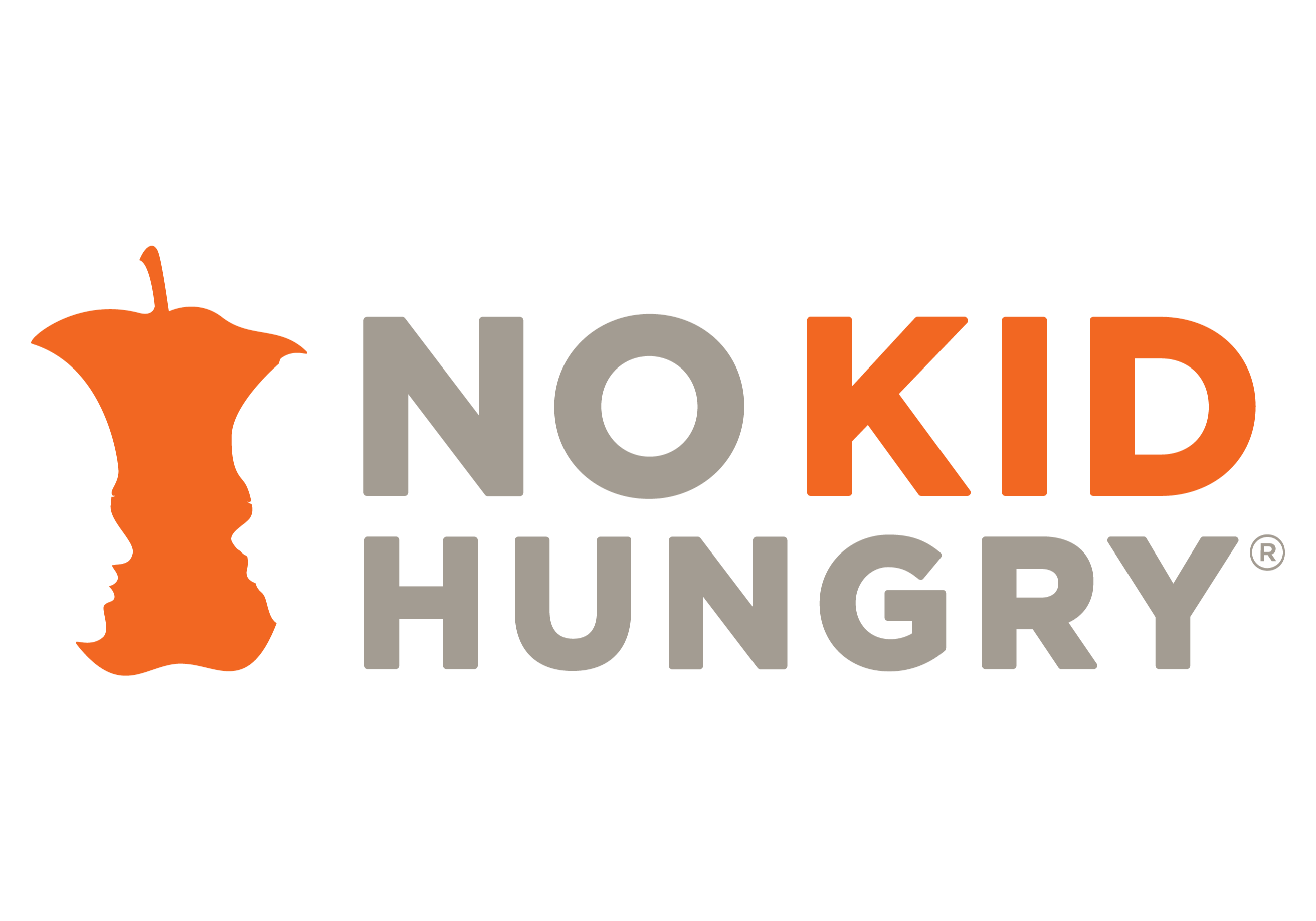School Breakfast
Start Mornings Right
Eating a healthy breakfast is proven to help academic performance and overall concentration in students. No child can learn on an empty stomach. Studies show that students are also less likely to be tardy or absent, and visits to the nurse decline when a healthy breakfast is offered at school. Overall student health improves with consistent access to healthy school meals which help fill nutritional gaps experienced by children at-risk for food insecurity.
Only 54% of children who participate in the free or reduced school lunch program are accessing breakfast. Children’s Hunger Alliance works with local school districts to increase breakfast participation and remove the barriers so more children start their day with a healthy meal. CHA provides hands-on guidance for practical ways to offer breakfast given each school building’s unique environment. Consultations with school districts includes sharing best practices and resources in order to increase breakfast participation.
In addition to the health and academic benefits students experience from eating a healthy school breakfast, there are also fiscal benefits to the school. Increasing school breakfast participation can maximize USDA* reimbursements and generating additional revenue so food service departments can rely less on general operating funds.
• Breakfast served outside of the traditional cafeteria setting increases participation. Schools may use a combination of models to maximize participation.
• Grab-and-Go Breakfast is ideal for older students who value social time with their peers before school and are less likely to go to the cafeteria. A grab-and-go station allows students to pick up a healthy breakfast in a convenient, common area in the school.
• Second Chance Breakfast is offered after first period. This strategy supports middle and high school students who are not able to eat breakfast before the school day begins.
CHA can help increase breakfast participation using the following methods:
• Observing current breakfast options and analyzing barriers to participation.
• Identifying grants to offset start-up, improvement, or expansion costs.
• Sharing best practices and supporting implementation.
• Offer guidance on menu enhancements that provide the food children will eat and meet USDA requirements.
• Meeting with all stakeholders (superintendent, principals, treasurers, food service, teachers, parents, etc.) to gain support.
• Create tracking systems to measure progress.
*The U.S. Department of Agriculture (USDA) School Breakfast Program is administered by the Ohio Department of Education.
National School Breakfast Week March 6-10, 2023

No Kid Hungry Ohio Campaign

Through our partnership with Share Our Strength, Children’s Hunger Alliance and No Kid Hungry operate the No Kid Hungry Ohio campaign, offering additional funding and resources to schools to increase access to and participation in school meals.
Click here to request support if your school or district has needs in the following areas:
- Increasing participation in school meals
- School meal marketing or promotion
- Serving afterschool or weekend meals
- Improving meal quality or procurement
- Leveraging CEP, Provision II or Universal Breakfast
